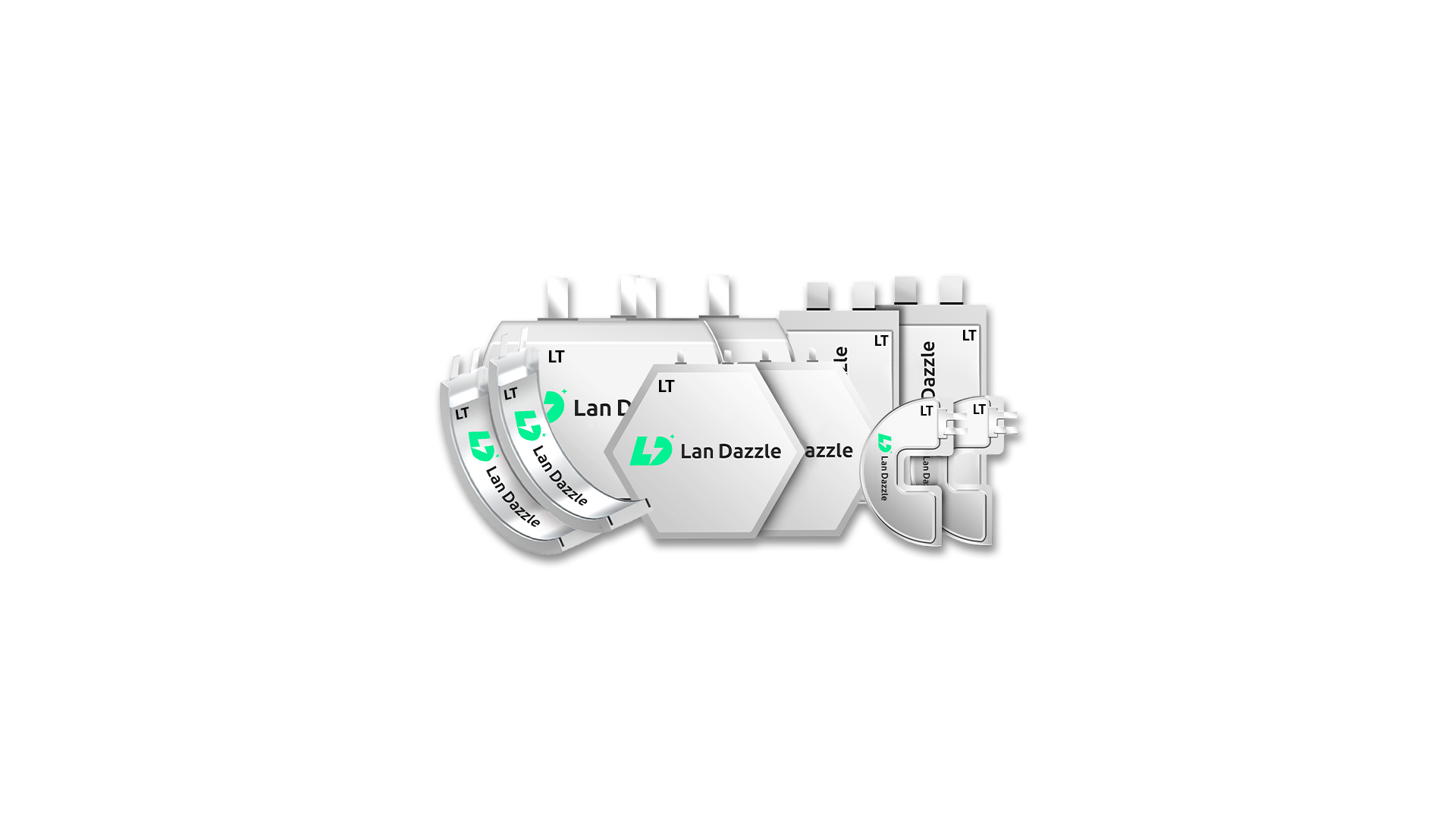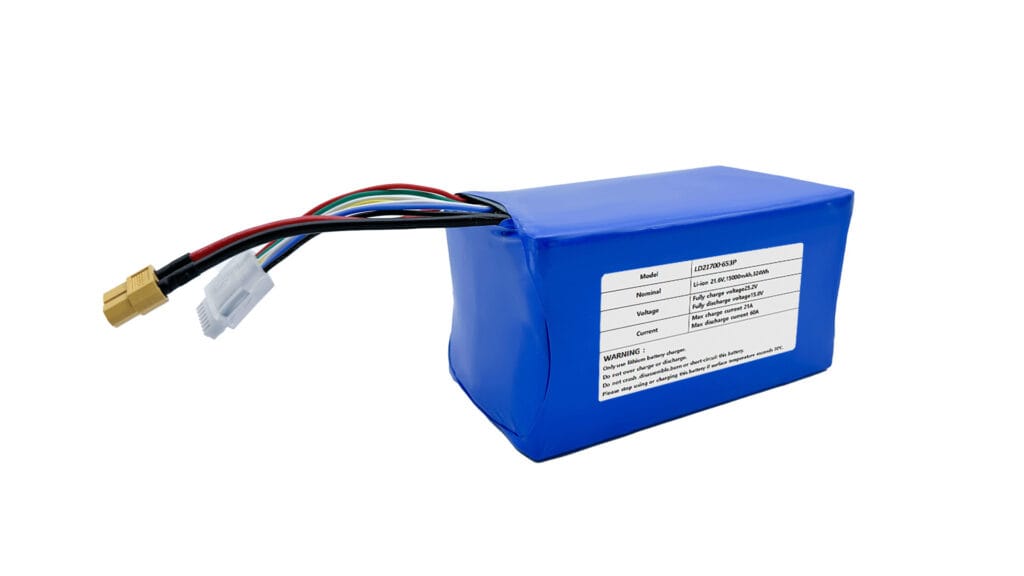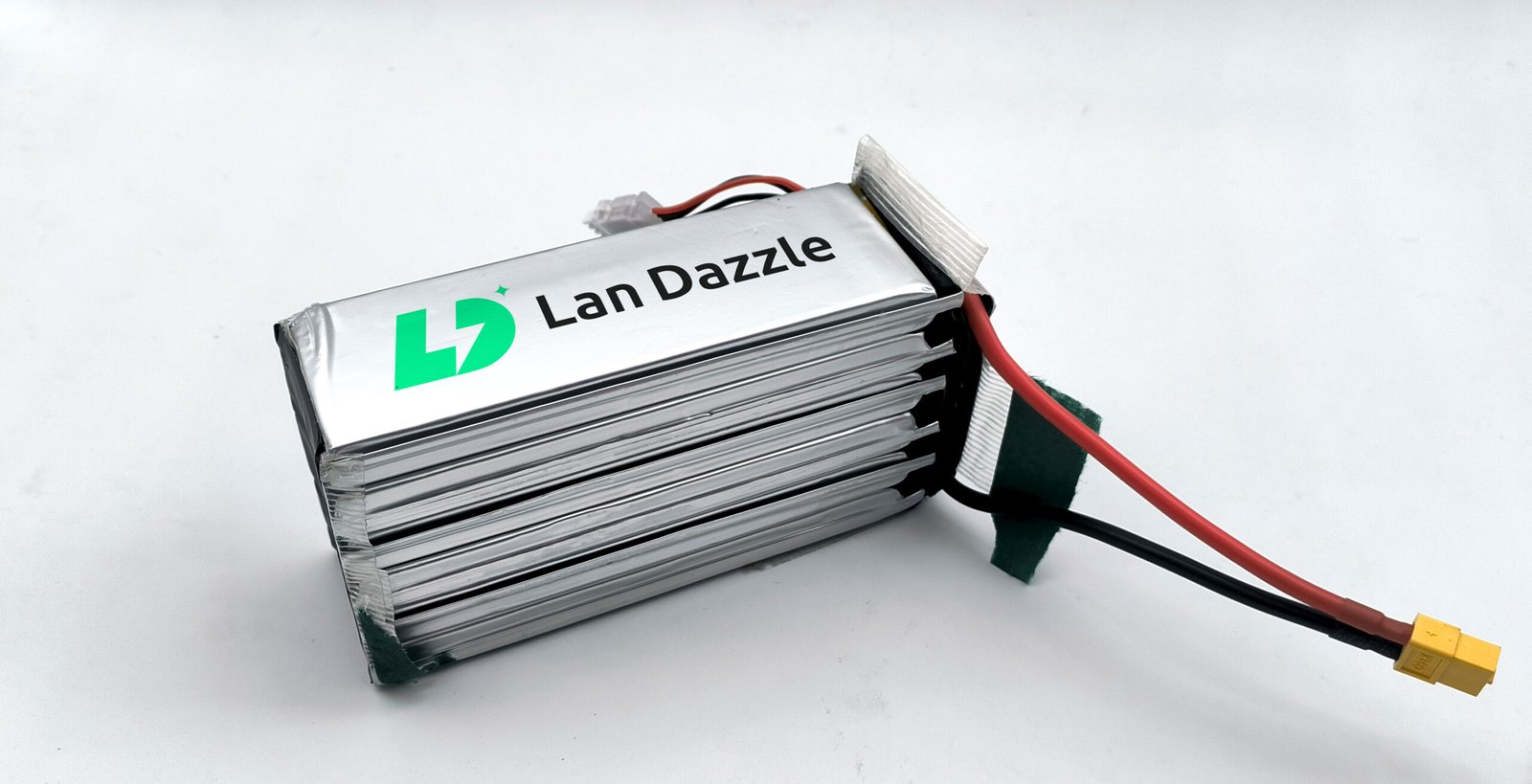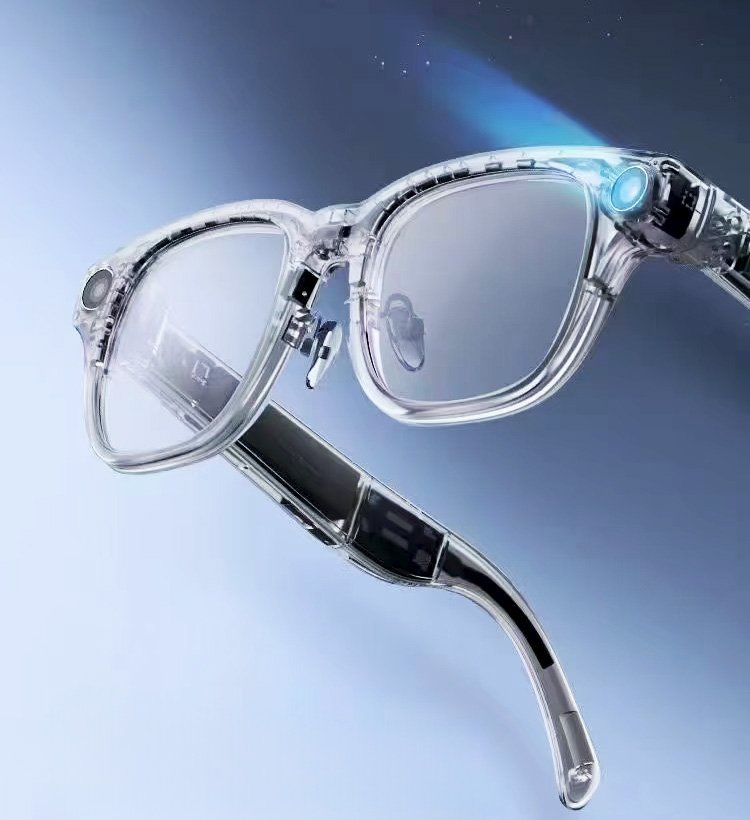In the dynamic landscape of diabetes management, the insulin pump stands as a cornerstone of patient care, offering continuous, precise insulin delivery. As technology progresses, the demand for more discreet, efficient, and user-friendly devices intensifies. However, the true innovation often hinges on a crucial, yet frequently unseen component: the battery. For medical device engineers, the evolution from conventional power sources to advanced solutions like shaped LiPo batteries for insulin pump applications represents a pivotal shift, unlocking unprecedented design flexibility, enhanced performance, and ultimately, superior patient outcomes.
This article delves into the transformative role of custom-shaped lithium polymer (LiPo) batteries in modern insulin pump technology. We will explore the technical advantages, navigate the intricate design and integration challenges, understand their profound impact on patient quality of life, and glimpse the future of power solutions in medical devices.
The Imperative for Innovation: Why Standard Batteries Fall Short
For years, medical devices, including early insulin pumps, relied on off-the-shelf battery solutions like cylindrical alkaline or prismatic lithium-ion cells. While functional, these traditional options presented significant limitations that hindered true innovation in wearable medical technology.
Limitations of Traditional Cylindrical/Prismatic Batteries: The rigid, often bulky form factors of standard batteries imposed strict constraints on device design. Engineers were forced to design around the battery, rather than integrating the battery seamlessly into an optimized form factor. This often resulted in:
- Suboptimal energy density for miniaturization: Achieving sufficient power in a compact space was a constant struggle.
- Weight and bulk: These factors directly impacted patient comfort, discretion, and the overall wearability of the device. A larger, heavier pump is less likely to be consistently worn.
- Challenges in integration: The fixed shapes made it difficult to utilize internal pump architecture efficiently, leading to wasted space or awkward layouts.
The Growing Demands of Modern Insulin Pumps: Today’s insulin pumps are far more than simple drug delivery systems. They are sophisticated, often connected, wearable computers. This evolution demands:
- Extreme miniaturization and aesthetic appeal: Patients desire devices that are virtually invisible, blending into their daily lives.
- Extended wear time: The inconvenience of frequent battery changes or recharges is a significant barrier to patient adherence.
- Integration with advanced sensors: Modern pumps often interface with continuous glucose monitors (CGMs) and require stable power for multiple integrated systems, including Bluetooth connectivity and intricate algorithms.
- Consistent, reliable power: For a critical, life-sustaining device, any power interruption or instability can have serious health implications.
Introduction to Shaped LiPo: A Tailored Solution: Enter the shaped LiPo battery – a bespoke power solution that addresses these limitations head-on. Unlike their off-the-shelf counterparts, shaped LiPo batteries are custom-engineered to fit specific volumetric requirements. This “custom” aspect means they can be molded into virtually any non-rectangular shape – curved, L-shaped, ultra-thin, or even highly irregular. This capability allows medical device engineers to design the pump first, optimizing for ergonomics and functionality, and then design the battery to perfectly fit the remaining available space.
Engineering Excellence: The Technical Advantages of Shaped LiPo
The ability to create custom form factors is just one facet of the shaped LiPo battery’s appeal. Beneath the surface, these batteries offer a suite of technical advantages that are critical for high-performance medical devices.
Unprecedented Form Factor Flexibility: The primary differentiator of shaped LiPo batteries is their unparalleled design freedom. Utilizing advanced manufacturing techniques, battery cells can be precisely molded and cut.
- Punti chiave: This enables ultra-thin profiles (down to 0.4mm), curved designs that conform to the body, or intricate, non-rectangular shapes that maximize internal space utilization within a pump. Imagine designing a pump that wraps around a micro-motor or fits snugly into a narrow, curved casing – this is achievable with shaped LiPo.
- Esempi: A shaped LiPo battery might be designed as a crescent to fit perfectly along the inner curve of a compact pump, or an L-shape to utilize dead space around other components.
Superior Energy Density and Power Delivery: LiPo batteries inherently possess a higher energy density compared to older chemistries like Nickel-Metal Hydride (NiMH) or even some conventional Lithium-ion cells.
- Punti chiave: This means more power (measured in Watt-hours per kilogram, Wh/kg, or Watt-hours per liter, Wh/L) can be packed into a smaller, lighter package. Typical Li-ion energy densities range from 150-250 Wh/kg, significantly outperforming NiMH at 60-120 Wh/kg. This allows for longer operation without increasing device size. Crucially, LiPo batteries also offer stable discharge characteristics, providing consistent voltage and current, which is vital for the precise dosing mechanisms of an insulin pump.
- Statistics: High-performance LiPo batteries can achieve energy densities exceeding 200 Wh/kg, providing a substantial boost in operational time for miniaturized devices.
Optimized Cycle Life and Longevity: For rechargeable insulin pumps, the battery’s cycle life – how many charge/discharge cycles it can endure while maintaining a significant percentage of its original capacity – is paramount.
- Punti chiave: Quality shaped LiPo batteries are engineered to withstand hundreds, often over 500, full charge/discharge cycles to 80% of their initial capacity, ensuring long-term reliability and reducing the need for frequent battery replacements. This extends the overall lifespan of the device and improves the total cost of ownership.
Design leggero e compatto: The inherent lightness of lithium polymer cells contributes significantly to the overall comfort and discretion of the insulin pump.
- Punti chiave: By eliminating rigid casings and maximizing energy-to-weight ratios, shaped LiPo batteries enable devices that are barely noticeable when worn. This directly translates to improved patient acceptance and adherence.
- Esempi: A theoretical pump design could see a 10-15% reduction in overall weight by utilizing a custom shaped LiPo battery compared to a design forced to accommodate a standard cylindrical cell.
Design & Integration Challenges: Navigating the Medical Device Landscape
While the advantages of shaped LiPo batteries are compelling, their integration into life-sustaining medical devices like insulin pumps is not without its complexities. Medical device engineers must navigate stringent regulations, ensure robust safety protocols, and optimize performance within highly confined spaces.
Miniaturization and Space Optimization: The quest for smaller devices creates a delicate balance.
- Punti chiave: With ultra-thin batteries, the challenge shifts to heat dissipation in incredibly confined spaces. Effective thermal management becomes critical to prevent localized hotspots that could compromise battery life or, in extreme cases, patient safety. Electromagnetic interference (EMI) shielding is also crucial, as the battery operates in close proximity to sensitive electronics.
- Sfide: The intricate wiring and connections required for such small, customized batteries demand precision manufacturing and assembly.
Thermal Management for Safety and Performance: Lithium-ion chemistries, while powerful, are sensitive to temperature extremes.
- Punti chiave: Maintaining the battery within its optimal operating temperature range is vital for both safety and longevity. Strategies include passive cooling (e.g., thermal pads, proper material selection) and, in some high-power applications, active cooling. Preventing thermal runaway, a self-sustaining exothermic reaction, is a primary safety concern.
- Statistics: While modern LiPo cells are inherently safer, uncontrolled thermal runaway can initiate around 150-200°C. Therefore, robust temperature monitoring is non-negotiable.
Integrazione del sistema di gestione delle batterie (BMS): A sophisticated Battery Management System is the brain of the battery pack, an absolute necessity for the safe and reliable operation of an insulin pump.
- Punti chiave: The BMS monitors cell voltage to prevent overcharge and over-discharge, balances individual cells within a multi-cell pack for optimal longevity, monitors temperature, and provides accurate fuel gauging (remaining capacity). It also incorporates crucial protection circuits against short circuits and overcurrents.
- Esempi: An intelligent BMS can communicate detailed battery status to the pump’s main processor, allowing for proactive low-power warnings and graceful shutdowns, rather than sudden, unpredicted failures.
Regulatory Compliance and Safety Standards: The medical device industry is one of the most rigorously regulated globally, and batteries are no exception.
- Punti chiave: Manufacturers must adhere to international standards such as ISO 13485 (Quality Management System for Medical Devices), IEC 62133 (Safety requirements for portable sealed secondary lithium cells and batteries), UL 1642 (Lithium Batteries), and UN 38,3 (Transportation of Lithium Batteries). This involves extensive testing protocols, including vibration, shock, short circuit, and forced discharge.
- Case Studies: Any new insulin pump featuring a novel battery design will undergo extensive pre-market approval processes (e.g., FDA 510(k) or PMA in the US, CE Marking in Europe) where battery safety and reliability are scrutinized. This typically involves hundreds of hours of testing and validation.
Enhancing Patient Outcomes: The Impact of Advanced Power
Ultimately, the technical advancements in shaped LiPo batteries translate directly into tangible benefits for patients, significantly improving their quality of life and adherence to critical diabetes management protocols.
Extended Wear Time and Reduced Recharging Frequency: One of the most immediate and appreciated benefits is the ability to wear the pump for longer periods without interruption.
- Punti chiave: Higher energy density means a smaller battery can power the device for days, not just hours. This translates to fewer disruptive recharges, greater freedom, and improved adherence to insulin therapy.
- Esempi: A patient can embark on a weekend trip without the anxiety of searching for charging points or carrying multiple bulky spare batteries. Children and active individuals benefit from reduced interruptions during play or school.
Improved Portability and Discretion: The ability to miniaturize and streamline the insulin pump’s design has a profound psychological impact.
- Punti chiave: Smaller, lighter, and more ergonomically shaped pumps are less noticeable, enhancing discretion and reducing self-consciousness, especially for younger patients. This fosters greater confidence and a sense of normalcy.
- Esempi: Pumps that can be comfortably worn under tight clothing or during sleep without causing discomfort or being visible, allowing for greater freedom in fashion choices and social interactions.
Reliability for Life-Sustaining Devices: For a device delivering life-sustaining medication, unwavering reliability is non-negotiable.
- Punti chiave: Shaped LiPo batteries, coupled with advanced BMS, provide a stable and consistent power supply, crucial for the precise and timely delivery of insulin. This reduces the risk of errors or failures that could lead to critical health issues.
- Statistics: Medical devices often aim for failure rates below 0.001% for critical components, underscoring the absolute necessity of reliable power.
Future-Proofing Next-Gen Devices: The robust and flexible power offered by shaped LiPo batteries acts as an enabler for future innovations in diabetes technology.
- Punti chiave: This includes the development of more sophisticated closed-loop (artificial pancreas) systems, tighter integration with advanced sensors and artificial intelligence, and remote monitoring capabilities, all of which demand reliable and sustained power delivery.
The Future of Power: Trends and Innovations
The journey of battery technology is continuous. For medical device engineers, staying abreast of emerging trends is vital for future product development.
Advancements in Battery Chemistry: The next generation of batteries promises even greater performance.
- Punti chiave: Research into solid-state batteries offers the potential for even higher energy density, increased safety (no liquid electrolyte), and faster charging times. Silicon anodes are also being explored to significantly boost energy density.
- Statistics: Early solid-state prototypes are showing energy densities potentially exceeding 400 Wh/kg, which could revolutionize compact device power.
Further Miniaturization and Integration: The drive for smaller, more integrated solutions will persist.
- Punti chiave: Expect to see even thinner, more flexible battery designs. The long-term vision includes potential for fully implantable solutions, powered by micro-batteries or advanced energy harvesting.
- Esempi: Imagine an insulin pump integrated directly into a patch, powered by an ultra-thin, flexible battery.
Sustainable Manufacturing Practices: As battery production scales, so does the focus on environmental responsibility.
- Punti chiave: Innovations in eco-friendly production processes, responsible sourcing of raw materials, and robust end-of-life recycling programs for medical-grade batteries are becoming increasingly important.
Conclusione
The evolution of insulin pump technology is a testament to relentless innovation, driven by the profound need to improve the lives of millions living with diabetes. At the heart of this evolution lies the sophisticated power solution provided by shaped LiPo batteries. For medical device engineers, these custom-designed power sources are not merely components; they are enablers of miniaturization, enhanced performance, and critical reliability.
By offering unparalleled design flexibility, superior energy density, and robust safety features, shaped LiPo batteries are empowering the creation of insulin pumps that are more discreet, comfortable, and dependable than ever before. This synergy between cutting-edge battery innovation and thoughtful medical device design is driving us towards a future where diabetes management is seamlessly integrated into daily life, fostering greater patient adherence, improved health outcomes, and an enhanced quality of life. The future of medical device power is shaped, precise, and profoundly impactful.
Lan Dazzle provides advanced shaped LiPo battery solutions specifically engineered for medical applications like insulin pumps. Our custom-shaped lithium polymer batteries are designed to fit seamlessly into curved or ultra-slim enclosures, while delivering reliable, long-lasting power that patients can depend on.
Contattateci all'indirizzo info@landazzle.com to explore our custom battery capabilities.





